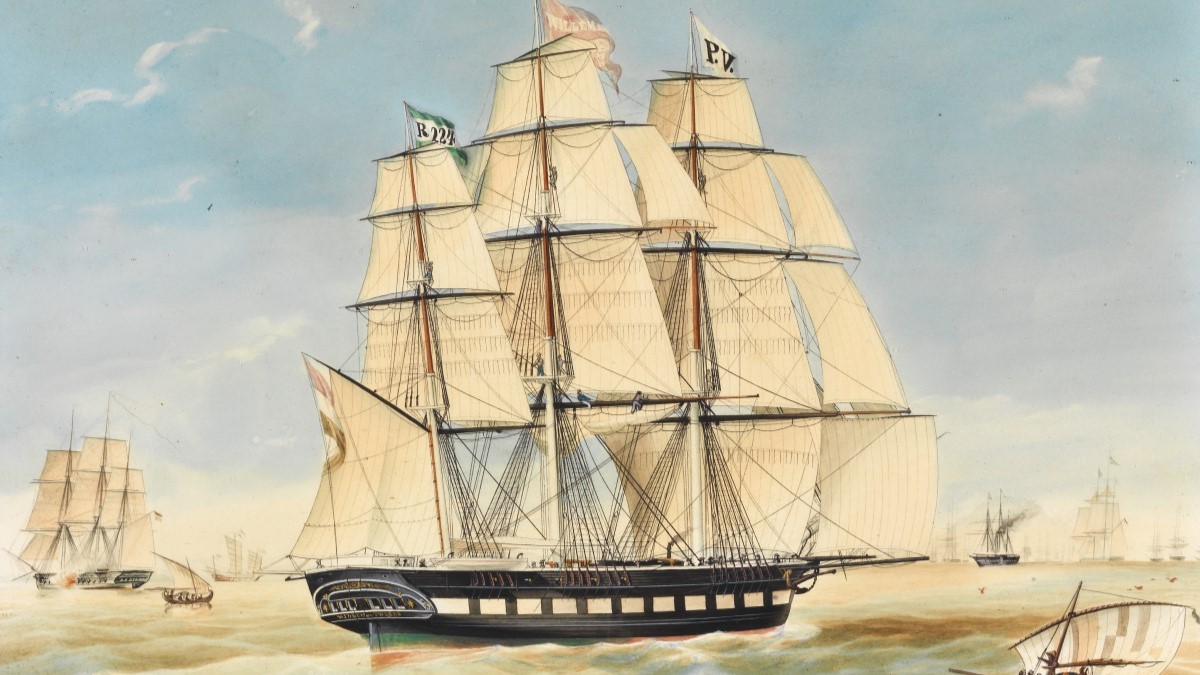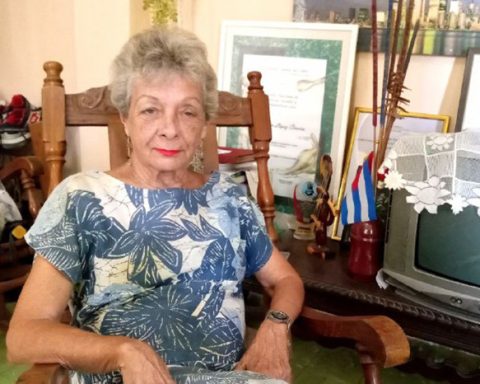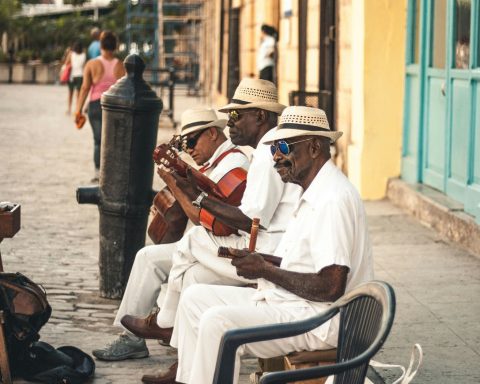|
Getting your Trinity Audio player ready...
|
In early June 1857, Koning Willem de Tweede set sail from Hong Kong, bound for the small South Australian seaport of Robe. Onboard the 42-metre-long Dutch fregat were more than 400 Chinese migrants who, like thousands of their compatriots at that time, were leaving their homes to search for gold in a foreign land.
The ship arrived safely in Guichen Bay on June 15, and its passengers disembarked the following day to begin their arduous 400-kilometre-long overland trek to the Victorian gold fields. But for the next two weeks, the ship and its crew could not leave due to inclement weather.
Then, on June 30, a severe south-westerly storm hit. Gale-force winds dragged the ship’s anchors, before tearing the windlass from the deck. In an attempt to save his ship and his crew, Captain Hindrik Remmelt Giezen decided to run the ship aground in the sandy shallows.
But his plan failed. After the ship grounded, its hull started to break up in the heavy swell and surf, and sixteen crew members drowned when one of the ship’s boats capsized. Miraculously, Captain Giezen survived and a month after the disaster, sold the wreck for £225.
The shipwreck has remained underwater ever since. In fact, it has never been located. But finding it – and uncovering its submerged stories – is now the focus of a project being led by Dr James Hunter, Curator of Naval Heritage and Archaeology at the Australian National Maritime Museum (ANMM).
Hunter’s research background is “predominantly shipwreck-based”. He has worked on wrecks located in the intertidal zone and some nearly 40 metres below the surface, although the average depth of most he has studied is between three and six metres. Among the most famous shipwreck sites he has worked on are Captain Cook’s first boat, HMB Endeavour in the American town of Newport, Rhode Island and the Australian Navy submarine, HMAS AE1 in Papua New Guinea.
Long before even entertaining the thought of beginning a search for a shipwreck site, Hunter and his team will conduct extensive archival research about a wrecked ship and start building relationships with people who live nearby in order to gain their trust and hear any local knowledge they might have that might be useful.
The wrecking event was catastrophic and very sudden, so we’re very likely to find a lot of artefacts.
Once they know the general area of a wrecked ship, they will then start searching the sea floor. Initially, this is done on a boat using high-tech tools like multibeam sonar which picks up any irregular features on the seabed, and a magnetometer which detects concentrations of iron objects buried beneath it.
Since around 2010, 3D photogrammetry has also been part of Hunter’s investigative toolkit. It allows scientists to stitch together multiple digital images to create, according to Hunter, “really accurate, photorealistic three-dimensional models of shipwreck remains and artefacts”.
Once they are confident they know where the wreck is, Hunter and his team will finally don their SCUBA gear and get in the water. “None of us can hold our breath long enough to work without it,” he jokes. Working together, they will conduct a systematic survey of the seabed and investigate the site in units.
If the wreck isn’t buried under sediment, then studying it looks very similar to traditional land archaeology and is done using clipboards, pencils, tape measures, and perhaps a bit of gentle hand wafting to clear sediment – the one difference being that it is happening underwater. But if it is completely buried, Hunter says, “we’ve got to get the dredge out. It’s like an underwater vacuum cleaner that sucks the sand off the site.”
If a wreck site is quite deep, like HMAS AE1, which was found at a depth of more than 300 metres, then maritime archaeologists will usually use autonomous underwater vehicles (AUVs) and remotely operated vehicles (ROVs) for site investigation. These have been, Hunter says, “a huge game changer. They don’t get tired – they don’t have to be fed, they don’t have to sleep.”
Although the wreck of Koning Willem de Tweede is not particularly famous, Hunter believes its potential is “mind-blowing”.
“The wrecking event was catastrophic and very sudden, so we’re very likely to find a lot of artefacts. No one had time to grab anything. Pretty much everything was lost – and is all probably still in the wreck, which can tell us so much about the ship’s crew and its passengers.”
He first learned about Koning Willem de Tweede more than a decade ago when his wife Emily Jateff, who is the ANMM’s Curator of Ocean Science and Technology and has a background in maritime archaeology, conducted her own search for it. Then, a few years ago the Dutch Embassy in Canberra got in touch to see if he knew of any sites that could be worth exploring as part of the Netherlands’ Shared Cultural Heritage Program.
It was like you were in a sandstorm.
Although there were other suitable Dutch shipwreck sites in the Coral Sea, Hunter believed Koning Willem de Tweede was ideal given its accessibility and the story associated with it. The Dutch government agreed – “and we got the money. And then I thought, ‘Oh no, we’re locked into this now!’”
Hunter first travelled to Robe in April 2022. The trip “was more a reconnaissance trip more than anything else”, an opportunity for him and his colleagues from the non-profit Silentworld Foundation to meet locals, examine artefacts held by the Robe Branch of the National Trust of South Australia, and familiarise themselves with the area. Hunter quickly realised it wasn’t going to be an easy place to work.
“There’re reasons there are shipwrecks there – Guichen Bay is an open anchorage, is completely exposed to the west, and is battered by strong winds and high seas during inclement weather,” he says.
They returned to Robe seven months later to conduct remote sensing of the area they believed, based on their prior research, the shipwreck was located. The magnetometer detected “a very complex and very large magnetic target”, Hunter says, indicative of anchors and other heavy iron hardware, like anchor chains, found on ships.
The team planned to dive the target the next morning, but the weather turned overnight, making it unsafe to do so. The weather did not improve for the remaining days the maritime archaeologists were in town, so they spent their time assessing more artefacts and archives and conducting a metal detector survey of the beach.
They didn’t find anything, except for two very small pieces of pottery. When they compared those fragments with ceramic Chinese ginger jars in the local National Trust collection, Hunter says “it was exactly the same kind of pottery.
In March 2023, Hunter and his team went back to Robe for a third time. They conducted another magnetometer survey over the site, which confirmed the initial contact, and finally managed to get in the water. The visibility on the first day of diving, however, was poor – “it was like you were in a sandstorm”, Hunter says – and on the second, the surge was so strong that it was “unworkable”.
“The long and short of it is that we believe [the wreck] is there but it’s well and truly buried. The question becomes: how far down is it buried? Is it deep or just under the surface of the sand. That’s the next phase.”
Hunter hopes to begin that phase of the project “towards the end of this year, early next year”, when the weather is more likely to be favourable. He believes it will be an important moment when the wreck’s identity is finally confirmed – both for the local seafaring community in Robe, whose ancestors helped save the lives and sheltered the surviving crew members and buried the bodies of those who drowned, and for the nation as a whole.
“We know that there was a lot of Chinese migration to Australia in the 1850s,” he explains.
“But we don’t know a lot of the details of how it happened. We don’t know much about the ships that brought these migrants to Australia. What kinds of ships transported them? What were conditions like for both the passengers and crew? This shipwreck gives us an opportunity to look at all of those things, to delve into that history a bit deeper.”












